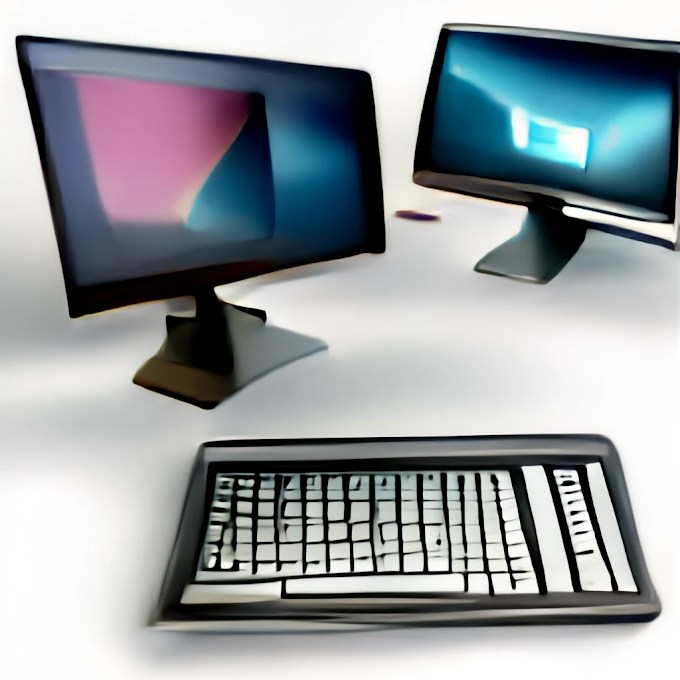Data and Data Processing
Data refers to raw, unorganized information that can be processed and analyzed to extract meaningful insights. Data can come from a variety of sources, including sensors, databases, and user input.
Data processing is an important aspect of many fields, including business, science, and engineering, as it allows organizations to make informed decisions based on data-driven insights. It is also an essential part of data science, which is the study of techniques and tools for extracting knowledge and insights from data.
Software Definition & Types of Software
Software refers to the programs and other operating information that a computer uses to perform tasks. It is a set of instructions, data, and programs that tell a computer what to do and how to do it. There are several types of software, including:
System software: This type of software manages the hardware and system resources of a computer. Examples include operating systems, device drivers, and utility programs.
 Application software: This type of software allows users to perform specific tasks, such as word processing, spreadsheet creation, or image editing.
Application software: This type of software allows users to perform specific tasks, such as word processing, spreadsheet creation, or image editing.- Middleware: This type of software acts as a bridge between different systems or applications, allowing them to communicate and exchange data.
Firmware: This type of software is stored in a computer's hardware, such as its BIOS or ROM. It is responsible for low-level tasks, such as booting the computer and controlling its hardware.
Liveware: This is a term used to refer to the human component of a system, such as the users, administrators, and operators.
A programming language is a set of instructions that a computer can understand and execute. There are many different programming languages, each with its own syntax and set of features. Some popular programming languages include C, C++, Java, Python, and Ruby.
Cache memory is a type of high-speed memory that is used to store frequently accessed data and instructions. It is located closer to the CPU (central processing unit) than main memory, which allows it to be accessed more quickly. Cache memory is used to improve the performance of a computer by reducing the number of times the CPU has to access main memory.
Hardware Definition & Types of Hardware
Hardware refers to the physical components of a computer system, such as the motherboard, processor, memory, storage, and input/output devices.
 The input unit of a computer system refers to the devices that are used to input data and instructions into the computer. Examples of input devices include the keyboard, mouse, scanner, and microphone.
The input unit of a computer system refers to the devices that are used to input data and instructions into the computer. Examples of input devices include the keyboard, mouse, scanner, and microphone.
The central processing unit (CPU) is the main component of a computer system that performs most of the processing tasks. It consists of the arithmetic logic unit (ALU) and the control unit (CU). The ALU performs arithmetic and logical operations, while the CU fetches instructions from memory and decodes them for execution.
The output unit of a computer system refers to the devices that are used to present the results of processing to the user. Examples of output devices include the monitor, printer, and speakers.
Storage devices are used to store data and programs on a computer. Primary memory, also known as main memory or RAM (random access memory), is used to store data and instructions that are actively being used by the CPU. Auxiliary memory, also known as secondary memory or non-volatile storage, is used to store data and programs that are not actively being used by the CPU, but are needed for future reference. Examples of auxiliary memory include floppy disks, hard disks, CDs, DVDs, and flash drives.
Other hardware components of a computer system include network cards, modems, and sound cards, which are used to connect the computer to the internet and other devices, and to provide audio capabilities.




0 Comments